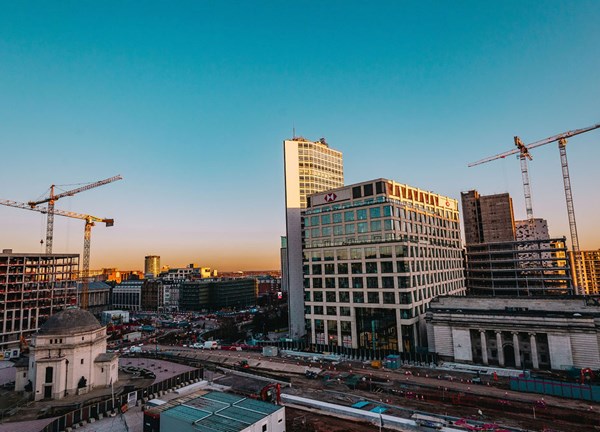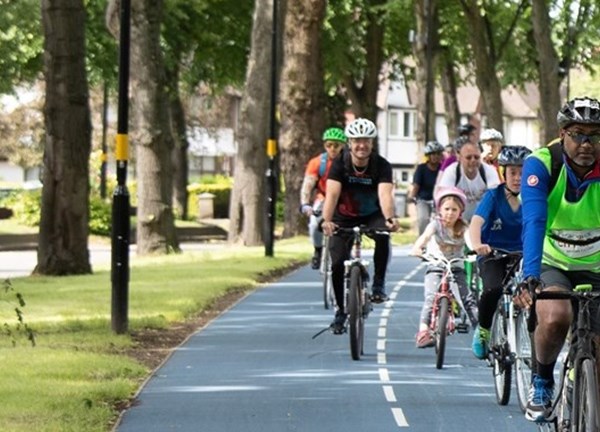Inclusive Growth Framework Fundamentals
Equality
Summary
Equality means that people can thrive and flourish regardless of their protected characteristics and backgrounds.
Considerations
Under the Equality Act, people’s protected characteristics include age, disability, gender reassignment, marriage and civil partnership, pregnancy and maternity, race/ethnicity, religion or belief, sex, and sexual orientation. In addition, intersectionality ensures that we recognise how people’s characteristics shape their experiences and identities. Therefore, the characteristics that make us who we are won’t be considered in isolation from one another.
The Public Sector Equality Duty places a duty on public bodies to:
eliminate discrimination, harassment, and victimisation
advance equality of opportunity between persons who share a relevant protected characteristic and persons who do not share it
foster good relations between persons who share a relevant protected characteristic and persons who do not share it
Evidence from the 2021 Census shows that the West Midlands is one of the most ethnically diverse areas in the UK, with 39% of its residents from an ethnicity other than White.
Considerations in addressing inequalities require an understanding of the drivers behind persistent inequalities. One of the drivers of inequality between people of different ethnicities in our region is employment. Our citizens should be in ‘good work’ which pays the real living wage, promotes good health and wellbeing, and provides security for themselves and their families. This then intersects with sex/gender, in that the impact of the cost of childcare is significant on inequality in gender employment.
Outcome
Reduced employment inequalities so that people can thrive and flourish regardless of their protected characteristics and backgrounds.
To learn about how we measure Inclusive Growth please visit our Inclusive Growth Metrics page.

Inclusive Growth Framework

